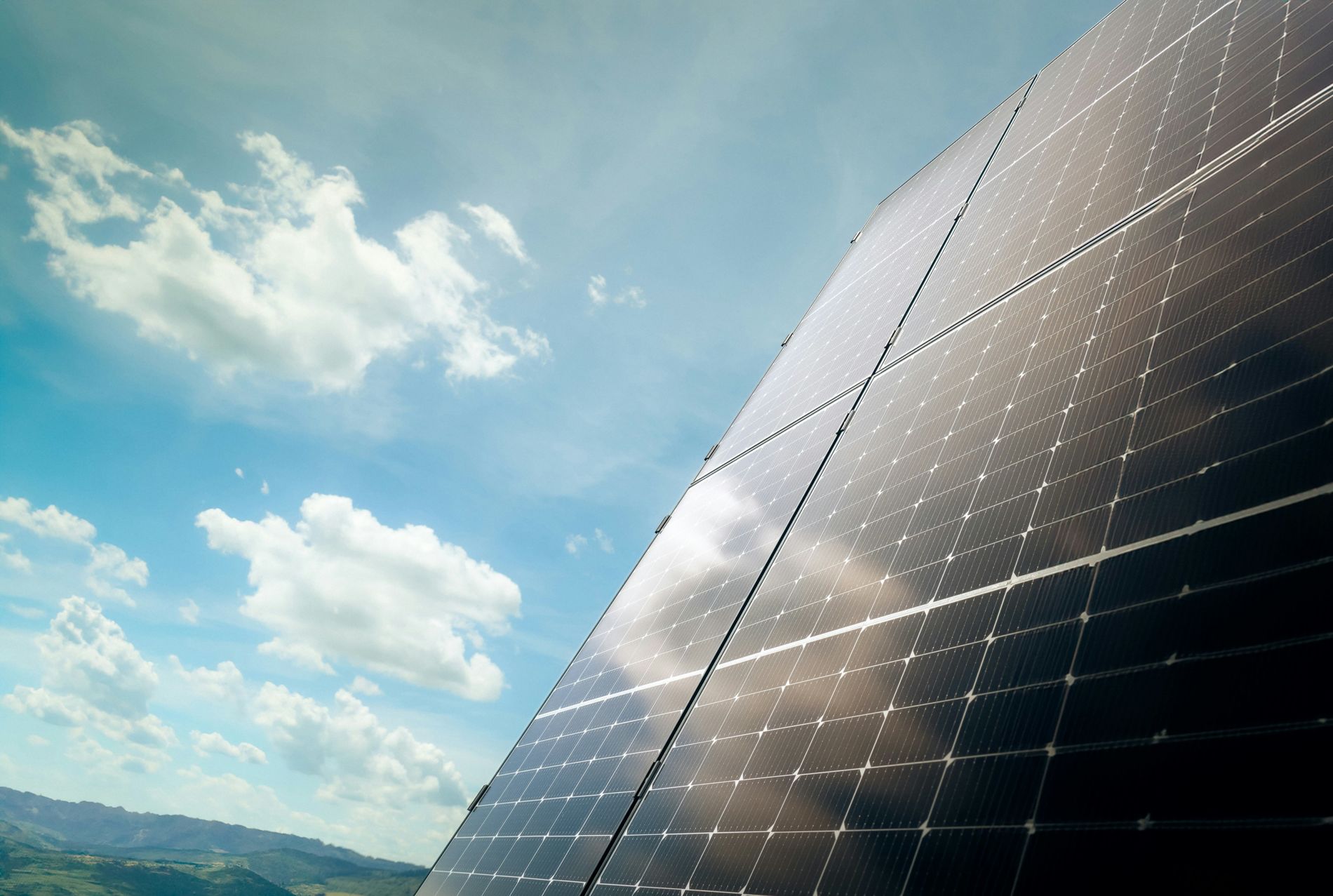Mountain resorts didn’t wait for the Avenir Montagnes Plan to address climate change. They have always taken a proactive stance to preserve their environmental assets. They have strengthened their sustainable commitment by incorporating technological innovations and creating enriched visitor experiences.
Numerous adaptation efforts allow mountain regions to cope with the new climatic realities to remain attractive tourist destinations. Confronted with the growing challenges of climate change, mountain resorts have anticipated the need for adaptation. They must address the reduction of natural snow cover and global warming in their regions. To do so, they have adopted various strategies that combine innovation, diversification of tourism activities, and sustainability.
>>> Visit the Tourism Diversification tab to learn more about this topic.
Innovation for Better Water Resource Management in the Mountains
Although often criticized, sometimes rightly so, artificial snowmaking remains necessary. The challenge is maintaining adequate skiing conditions during the winter sports season in the resorts. According to Météo France, the average winter snowpack thickness in the mountains is projected to decrease by 10 to 40% by 2050.
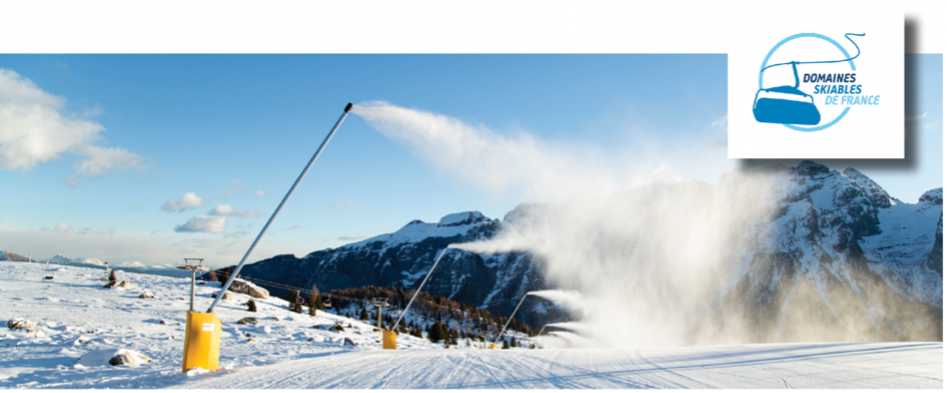 However, thanks to new technologies, artificial snow production has significantly improved. These innovations are regularly showcased at the Mountain Planet international trade show for mountain professionals, featuring increasingly efficient and less energy-intensive smart snowmaking systems. To address climate change, snowmaking systems have been adapted. They are now equipped with smart sensors to adjust production levels in real time based on mountain weatherconditions, optimizing the use of water and energy resources.
However, thanks to new technologies, artificial snow production has significantly improved. These innovations are regularly showcased at the Mountain Planet international trade show for mountain professionals, featuring increasingly efficient and less energy-intensive smart snowmaking systems. To address climate change, snowmaking systems have been adapted. They are now equipped with smart sensors to adjust production levels in real time based on mountain weatherconditions, optimizing the use of water and energy resources.
Mountain resorts are also investing in innovative equipment, particularly for snow groomers, which represents a significant adaptation and advancement for the regions. This results in greater energy efficiency and better management of mountain resources. Equipped with advanced sensors capable of measuring snow depth in real-time, these machines now allow operators to adjust their grooming work precisely. This dynamic snow mapping technology, combined with GPS systems,optimizes snow compaction by avoiding unnecessary passes. Results:
> Reduction in fuel consumption and CO2 emissions
> More sustainable management of water resources
> Substantial energy savings
> Reduced overall climate and environmental impact of mountain resorts
Climate Change and CO2 Emissions Reduction
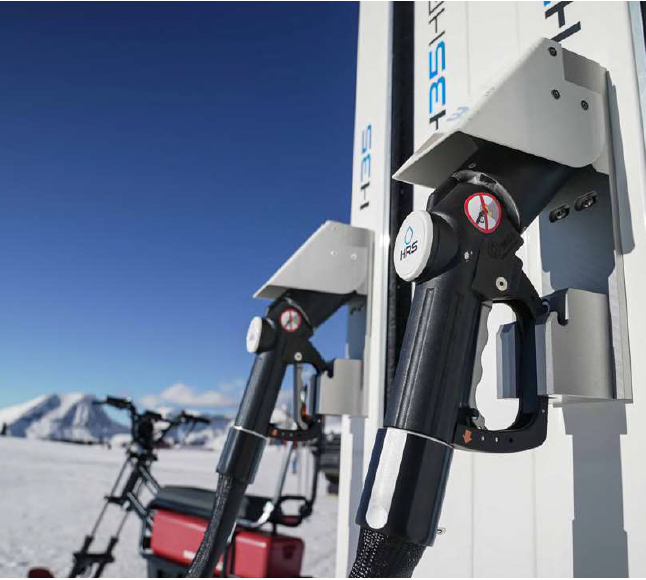
@HRS Hydrogen Refueling Solutions
Regarding renewable energy in mountain regions, significant efforts have been made to develop sustainable tourism. Some ski lifts are powered by solar panels integrated into the installations or small wind turbines adapted to mountain weather conditions. Snow groomers and snowmobiles run on hydrogen. All this equipment helps significantly reduce the carbon footprint of ski resorts.
According to a study conducted by Utopies in February 2022 for Ademe, ski areas account for 3% of CO2 emissions for one ski day, with transportation being the largest contributor at 52%. Therefore, adapting transportation methods is a key issue for mountain resorts. Electric vehicles, charging stations, public transport, carpooling, and car sharing are all alternatives that, on their own, are not enough to combat the pollution responsible for climate change.
Thus, industries are developing valley lifts to connect valleys with mountain resorts. These soft mobility solutions reduce local pollution in the regions and promote a more environmentally respectful experience, supporting more sustainable tourism in France and internationally. In Georgia, a Poma valley lift connects the Gudauri resort to the town of Kobi, providing access to
snowy areas sometimes closed in summer. In Lianshi, China, Poma built two “Meihuashan Lift” gondolas to connect the old mining town to the mountain over a 10 km distance, carrying up to 1,500 passengers per hour.
Optimizing Tourist Transport Flows
Companies have devised real-time smart traffic management systems. Using sensors linked with artificial intelligence, they can optimize vehicle flows heading to mountain resorts, reducing traffic jams and wait times. These systems can redirect traffic to less congested routes or adjust public transport schedules to meet real-time demand. Some resorts offer ski passes that include train or bus journeys to encourage the use of public transportation. This makes it easier to access public transportation while providing attractive and incentivizing rates.
The Moutainlive app, designed and developed by Lumiplan, is an example of innovation dedicated to managing transport flows in ski resorts. Available on Apple and Android, it informs users in real time about road conditions, mountain weather, traffic status, and shuttle and ski lift schedules. The app is particularly useful for visitors looking to avoid traffic by better planning their trips to the resorts.
The Moutainlive app, designed and developed by Lumiplan, is an example of innovation dedicated to managing transport flows in ski resorts. Available on Apple and Android, it informs users in real time about road conditions, mountain weather, traffic status, and shuttle and ski lift schedules. The app is particularly useful for visitors looking to avoid traffic by better planning their trips to the resorts.
a lire également
Environment
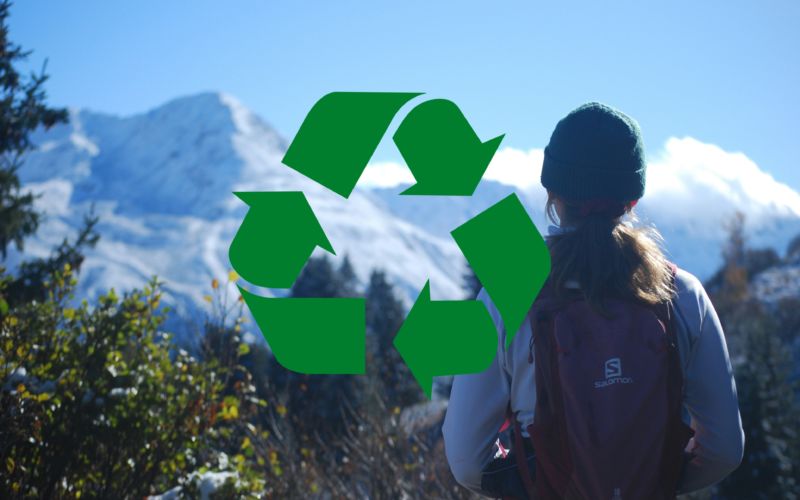
18 March 2025
Zero waste in the mountains: on the path to a sustainable circular economy
As awareness continues to grow of the need to protect the environment in response to the effects of climate change, ski resorts and mountain communities are also stepping up to ...
Environment
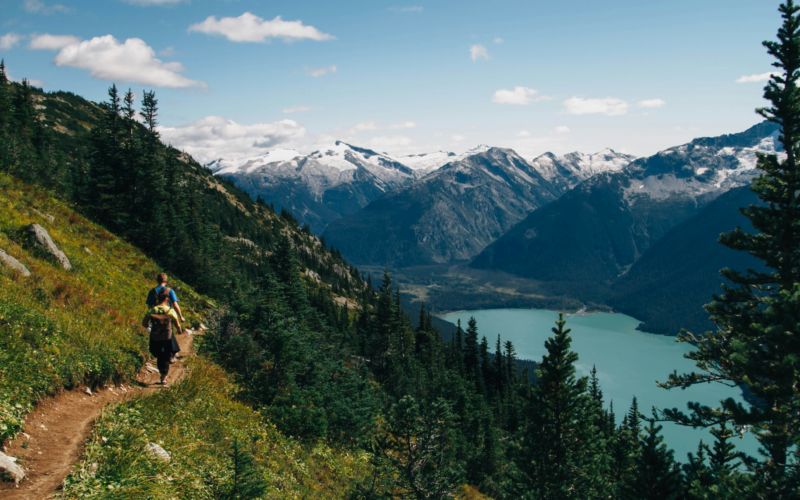
2 September 2024
Summer Activities: What Impact Do They Have on Mountain Ecosystems?
The rise of year-round tourism goes hand in hand with outdoor activities, but these can weaken mountain ecosystems. How are mountain regions tackling these ecological challenges? What eco-friendly practices are ...
Environment
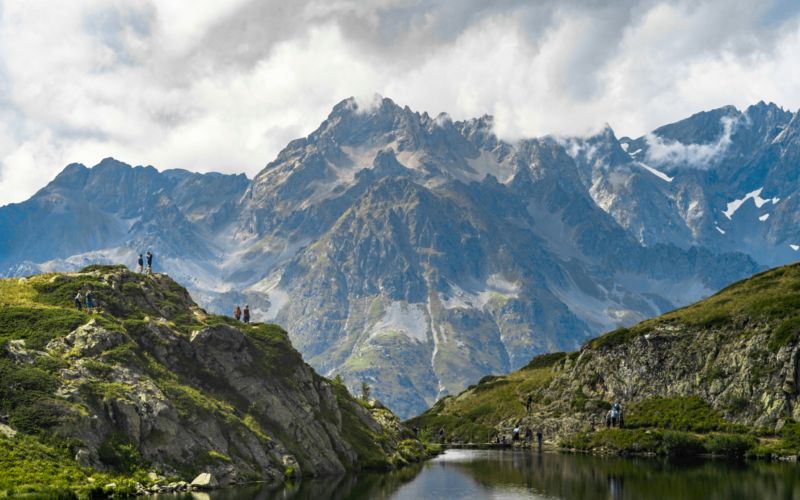
26 July 2024
Ecotourism in the Mountains: Balancing Tourist Appeal and Biodiversity Protection
For mountain resorts, ecotourism presents both a challenge and an opportunity. It’s about addressing climate change while preserving nature, biodiversity, and protected areas. The growth of summer tourism and non-ski ...


